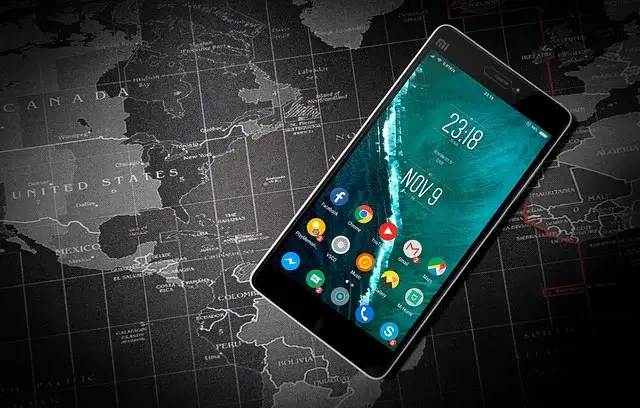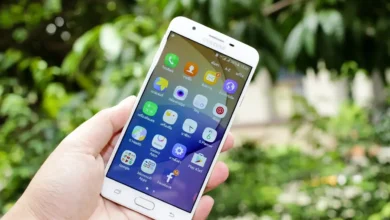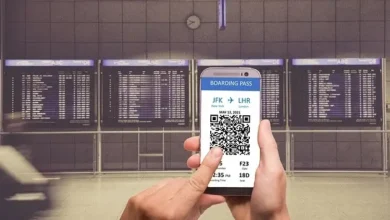
Table of Contents
What is cached data?
Cached data refers to files, scripts, images, and multimedia stored on a device after opening an app or visiting a website for the first time. This information is saved temporarily to expedite the loading of the app or website upon revisits, reducing load times. Clearing cached data involves removing downloaded files, such as profile photos, pictures, videos, and other content, which the app uses to speed up user interactions.
Cached data is stored in a temporary location on a device, and when cleared, it removes non-essential data and multimedia from the targeted application. While clearing the cache can free up storage space, it’s important to note that some apps, like Spotify, actively manage and clear specific cached data related to core functions, ensuring optimal performance. However, poorly designed apps may accumulate unnecessary data in the cached data partition.
Cached data enhances app loading speed, it can consume device storage. It recommends clearing the cache on Android as one step in optimizing a device. Additionally, the article touches on the distinction between cached data and cookies, highlighting the importance of periodically clearing cookies for device hygiene on both Android and iPhone.
Difference Between Cache and Cookies
The key difference between cache and cookies lies in their functions and the type of information they store.
- Cache: Cache is utilized to store parts of a website, such as files, scripts, and images, on the client-side machine. This stored data is meant to enhance the website’s loading speed upon subsequent visits, optimizing the user experience. Essentially, cache is focused on improving website performance by locally storing elements for future use.
- Cookies: Cookies, on the other hand, are files that store information identifying an entity, often used to track user preferences and maintain session data. Cookies store user-specific information like browsing sessions, helping websites remember user choices and preferences. Unlike cache, cookies are more about personalizing the browsing experience and retaining user-related data.
In summary, while both cache and cookies contribute to improving website performance, cache focuses on storing website elements for faster loading, while cookies store user-specific information to personalize the browsing experience and track preferences.
Is it Good to Clear Cache on Android?
Clearing the cache on an Android phone is generally beneficial as it can improve device performance, address app problems, and free up storage space. The cache serves as a temporary storage space for apps to quickly access necessary data. When the cache memory becomes full, it may lead to device slowdowns, app crashes, and other performance issues. Additionally, if cached data is not periodically cleared, it can occupy valuable storage space, particularly problematic for devices with limited storage capacity.
Regularly clearing the cache can help prevent these issues, allowing the device to run smoothly. Importantly, clearing the cache does not delete personal data such as photos or contacts; it only removes temporary files that are no longer needed. The frequency of cache clearing depends on the individual’s experience with their device. If performance problems are noticeable, it is recommended as part of troubleshooting steps. Otherwise, a periodic schedule, such as every quarter or twice a year, is suggested, tailored to how well the phone or tablet is functioning.
Clear Browser Cache on Android
To clear the browser cache on Android, specifically for Chrome, follow these steps:
- Open Chrome on your Android device.
- Tap on the three vertical dots at the top-right to access the Chrome options menu.
- Select “History” from the options menu.
- Tap on “Clear browsing data…” in the History screen.
- Check the box next to “Cached images and files.”
- Choose a time range next to “Time range.” Selecting “All time” will clear the entire Chrome cache.
- Tap “Clear data” to complete the process.
This process helps improve Chrome performance on mobile by removing cached data.
Clear App Cache on Android
To clear the app cache on Android, follow these steps:
- Open Settings and tap on Storage.
- Choose the category you want to clear the cache for, such as Photo & video apps, games, or select “Other apps” to view all installed apps.
- Tap the three dots in the right corner and choose “Sort by size” to identify apps taking up the most storage space.
- Select a specific app and tap “Clear cache.”
This process allows you to reclaim storage space by removing cached data from selected apps. It’s a helpful solution for addressing performance issues caused by accumulated cache files. Additionally, the option to delete app data is available using the same steps, providing a clean slate for the selected app. It’s important to note that while clearing the cache frees up storage, downloaded content remains unaffected, and depending on the app, user data such as preferences or search history may be reset.



